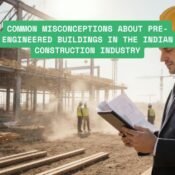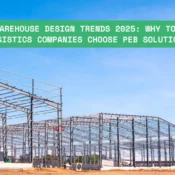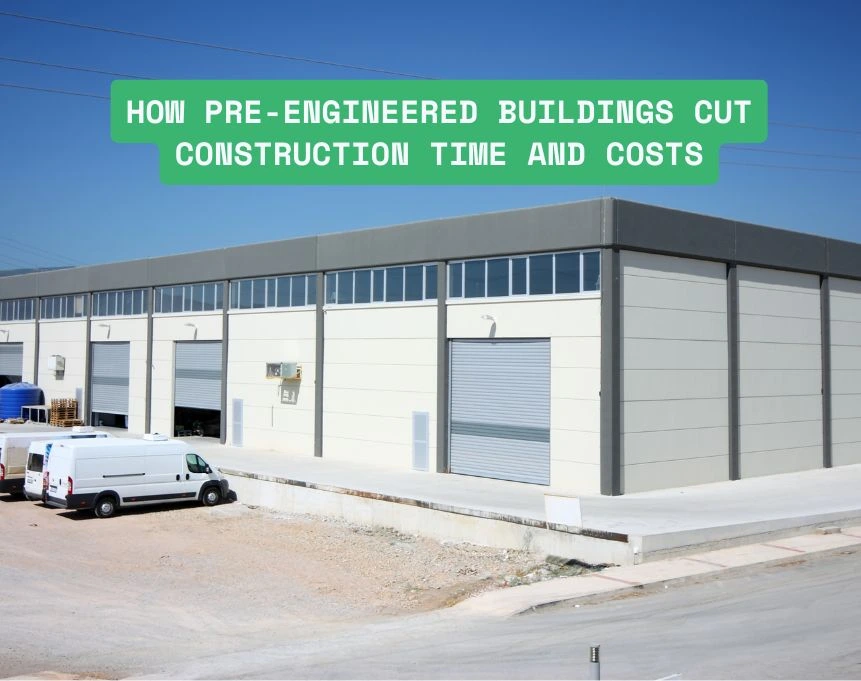
How Pre-Engineered Buildings Cut Construction Time and Costs
Introduction
India’s infrastructure is expanding at breakneck speed—but so are the demands. From industrial plants and warehouses to schools, hospitals, and retail spaces, every project today is under pressure to be delivered faster and more affordably. Unfortunately, traditional construction often falls short in both areas—delays are common, and budgets tend to spiral.
Enter pre-engineered buildings (PEBs)—a modern construction solution built for speed, precision, and value. Businesses and developers across the country are now realizing the efficiency of pre-engineered buildings, especially when it comes to PEB construction timelines and cost reduction with PEB systems.
In this blog, we’ll explore how PEBs are transforming India’s construction sector by offering quicker project turnarounds and tighter budget control. We’ll dive into their design advantages, cost dynamics, steel building time savings, and the value of effective PEB project management.
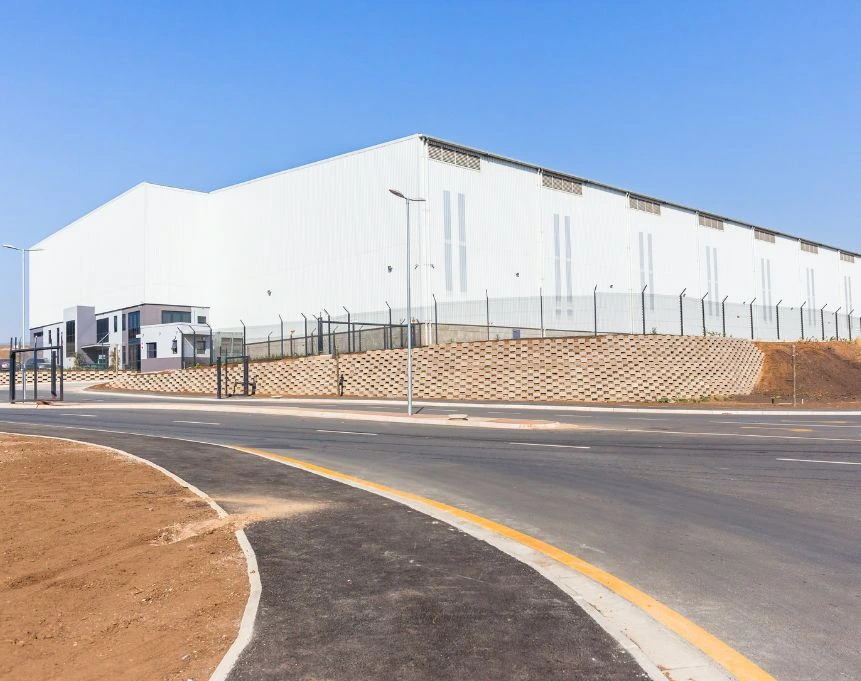
1. What Are Pre-Engineered Buildings (PEBs)?
Pre-engineered buildings are steel structures where all components—frames, beams, panels, and fasteners, are pre-fabricated in a controlled factory environment and assembled quickly on-site.
They’re designed using CAD and BIM technologies, ensuring precise engineering and seamless integration across components. This streamlined process leads to faster construction, fewer errors, and significant cost savings.
PEBs are widely used in:
- Industrial sheds and warehouses
- Retail stores and shopping complexes
- Institutional buildings like schools and clinics
- Airport hangars, logistics centers, and more
2. The Problem with Traditional Construction
Traditional construction, especially using brick-and-mortar or RCC (Reinforced Cement Concrete), comes with its own set of problems:
- Labor delays due to workforce availability or weather
- Material wastage and theft on-site
- Design inconsistencies that require costly on-the-go changes
- Extended project durations, inflating indirect costs like financing and rentals
For businesses needing quick returns on infrastructure investment, these risks are unacceptable.
That’s why many are turning to PEB construction timelines, which provide faster, more controlled alternatives.

3. Understanding PEB Construction Timelines
Let’s break down how PEBs help save time at each phase:
Design Phase
- PEBs use advanced software for 3D modeling and structural analysis.
- Design finalization is faster due to standardized systems.
Fabrication Phase
- While civil work is underway at the site, steel components are manufactured off-site.
- Parallel progress reduces total construction time dramatically.
Erection Phase
- Pre-cut and pre-welded parts arrive ready to assemble.
- Installation is bolt-based, requiring minimal on-site labor.
The result? Projects get completed 40–60% faster than traditional construction methods.
4. How PEBs Deliver Cost Reduction at Scale
Cost reduction with PEB is one of the biggest advantages driving adoption across sectors. Here’s how the savings add up:
- Lower labor costs due to faster assembly and reduced site dependence
- Minimal material waste thanks to factory-controlled fabrication
- Shorter project durations, which reduce indirect costs like site rentals and supervision
- Predictable budgets with less room for cost escalations
Over the lifecycle of a project, the financial edge is substantial.
5. Key Drivers of Pre-Engineered Building Efficiency
Let’s explore the top reasons behind the growing pre-engineered building efficiency in India’s infrastructure space:
A. Design Optimization
PEBs are value-engineered to use only as much material as required—reducing weight, waste, and cost.
B. Lean Manufacturing
Fabrication happens in ISO-certified facilities with tight quality control, minimizing rework or defects.
C. Fast Assembly
Pre-punched, pre-drilled components reduce the need for site work, enabling smoother assembly.
D. Minimal Weather Impact
Since fabrication is done indoors, seasonal delays are largely eliminated.
All these drivers contribute to steel building time savings—an undeniable value for developers and investors.
6. Steel Building Time Savings: A Comparative Overview
How do PEBs stack up against traditional systems? Let’s compare real-world construction durations:
| Project Type | Traditional Timeline | PEB Timeline |
| Warehouse (20,000 sq ft) | 6–8 months | 10–12 weeks |
| Factory (10,000 sq ft) | 4–5 months | 6–8 weeks |
| School Building | 8–10 months | 12–14 weeks |
| Logistics Facility | 10–12 months | 16–20 weeks |
These steel building time savings not only reduce project fatigue but also allow businesses to start generating revenue sooner.
7. Construction Budgeting with PEB: A Predictable Approach
One of the greatest concerns in any project is budget overrun. With traditional construction, scope creep, labor issues, and procurement delays can balloon costs.
Construction budgeting with PEB offers predictability because:
- Prices are locked in at the design phase
- Fewer on-site variables mean fewer surprises
- Faster timelines reduce interest on capital
By reducing both direct and indirect costs, PEBs bring greater confidence to investors and lenders alike.
8. PEB Project Management Best Practices
Successful implementation of a PEB requires structured planning. Here are key strategies for effective PEB project management:
Early Collaboration
Involve the PEB supplier during the concept phase to align timelines, design feasibility, and cost expectations.
Site Readiness Planning
Ensure civil foundations are ready before components arrive. Coordination between site and factory schedules is essential.
Logistics Optimization
Staggered delivery of components avoids congestion and improves workflow efficiency.
Dedicated Supervision
Have a trained erection team familiar with bolt-based assemblies and safety protocols.
These practices help maximize the timeline and cost benefits of your PEB investment.
At Metal Tree, we believe that time is money, and our pre-engineered building solutions are designed to help clients save both. From faster execution to precise budgeting, we deliver efficiency at every step.
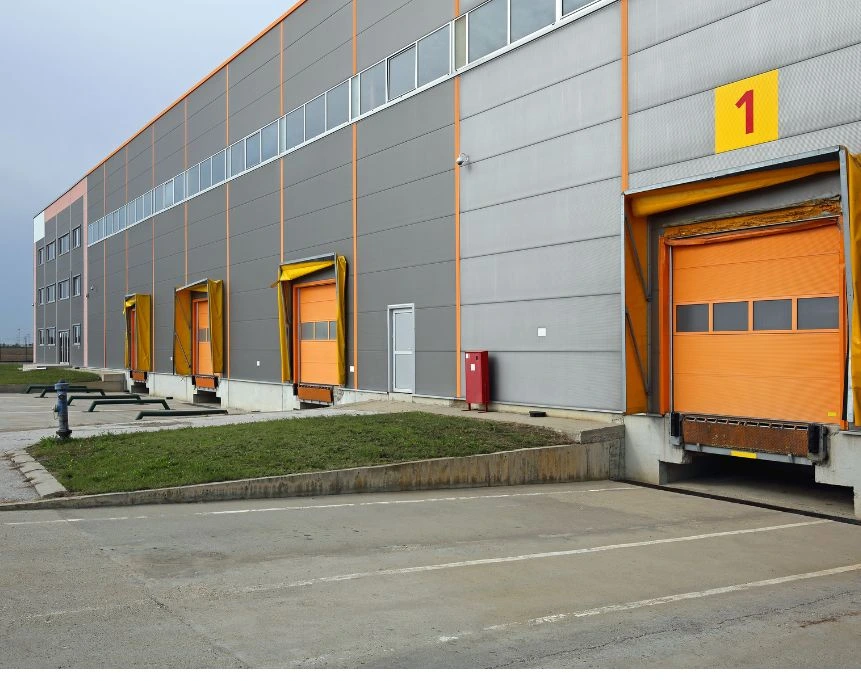
9. Conclusion
In a country as dynamic and fast-growing as India, speed and cost-efficiency are no longer negotiable—they're essential. Pre-engineered buildings have emerged as a game-changing solution by delivering faster timelines, more predictable costs, and higher construction quality.
Whether you’re building a logistics hub, an industrial shed, or a retail outlet, PEB construction timelines and cost reduction with PEB methods can give your project the competitive edge it needs.
Need help streamlining your next construction project?
Contact Metal Tree- India’s trusted partner for end-to-end PEB solutions. We help you build faster, smarter, and within budget.
10. FAQs
1. How much time can be saved using pre-engineered buildings?
Typically, PEBs save between 30%–60% of the total construction time compared to traditional methods.
2. Are PEBs more cost-effective than concrete structures?
Yes. PEBs reduce labor costs, material waste, and overall project timelines, leading to substantial savings.
3. Can PEBs be used for commercial or institutional buildings?
Absolutely. PEBs are used in schools, hospitals, malls, offices, and more.
4. Is PEB construction reliable in harsh weather conditions?
Yes. Factory fabrication is unaffected by weather, and the structures are engineered to handle wind, rain, and seismic loads.
5. How do PEBs help in construction budgeting?
They reduce the number of unknown variables in a project and allow for more accurate cost estimation from the start.
Follow us on:
All Categories
Recent Posts
How Much Does a Pre-Engineered Building Cost in India? Ultimate Price Guide
Tags
Call Us at
+91 9311624628


